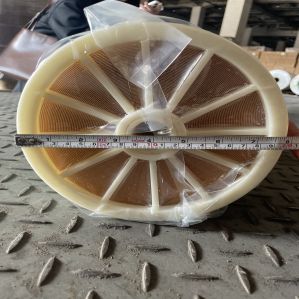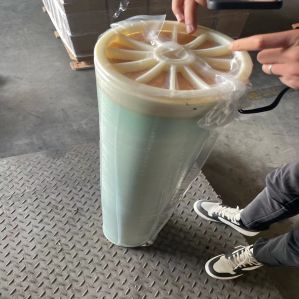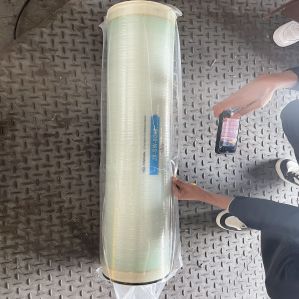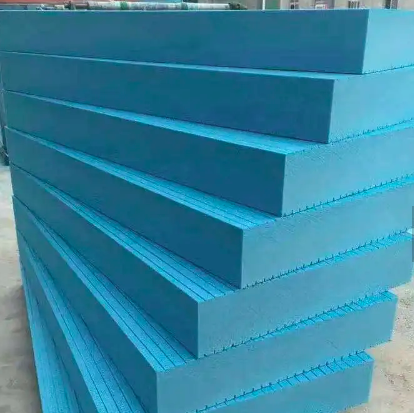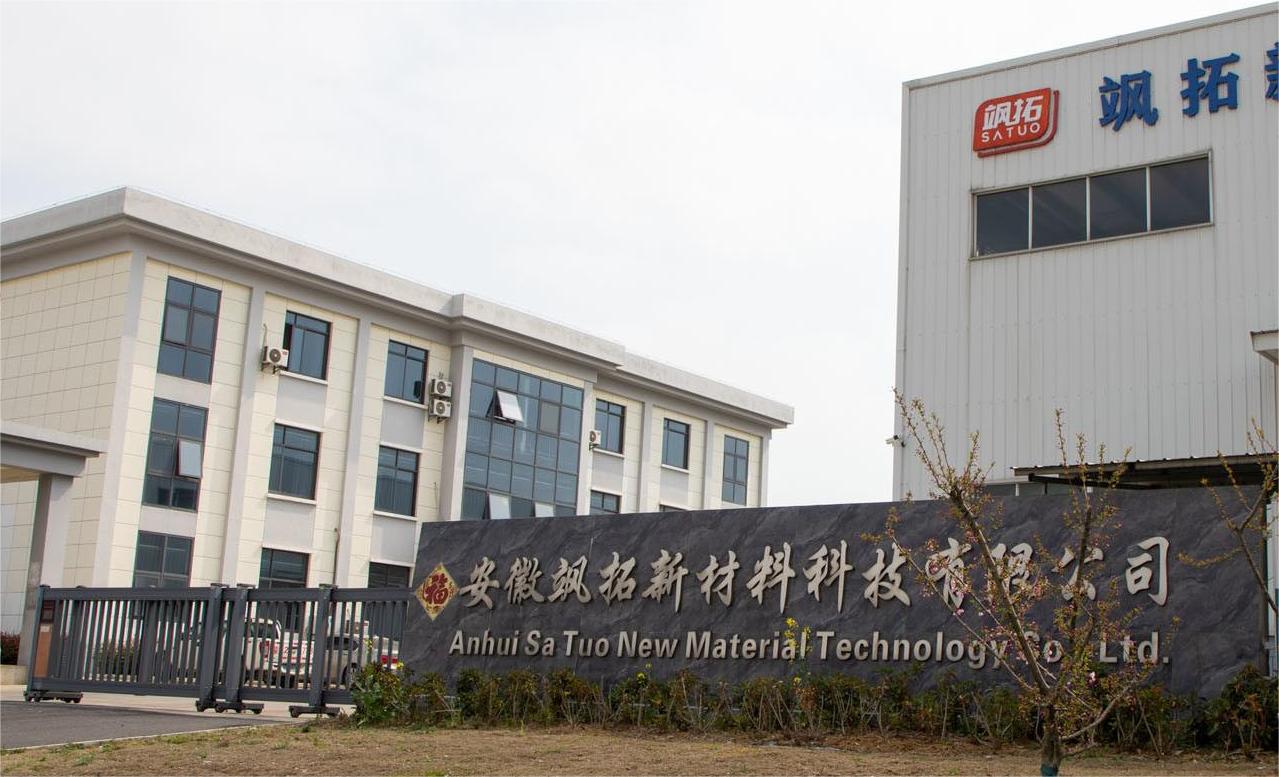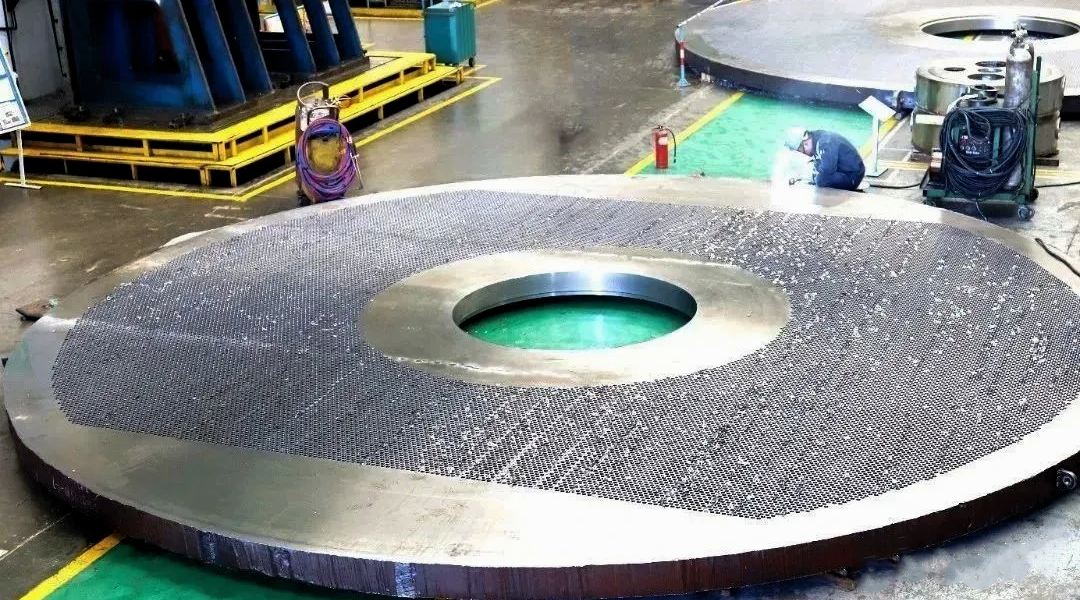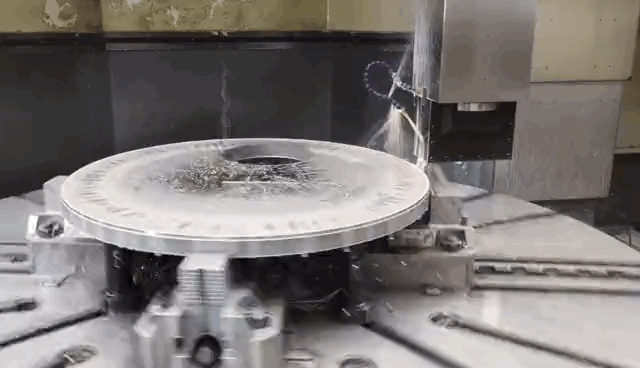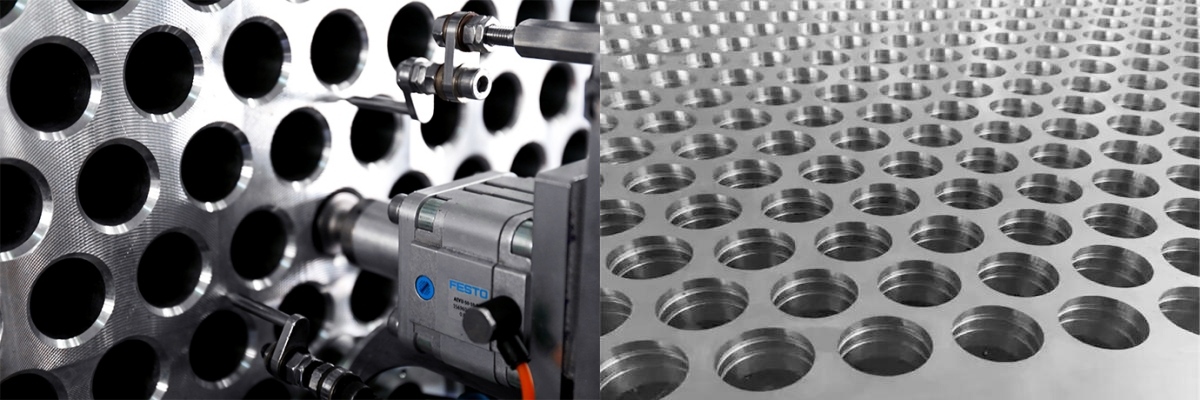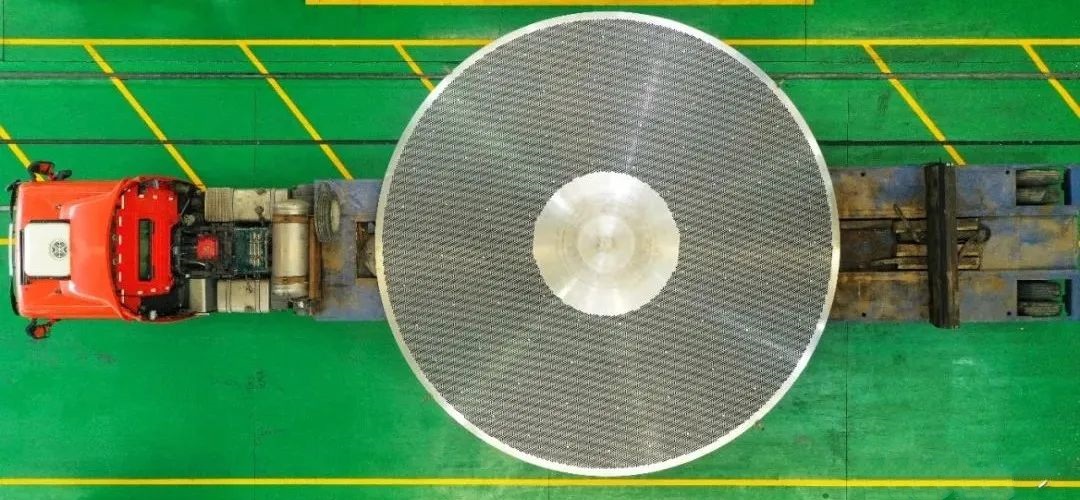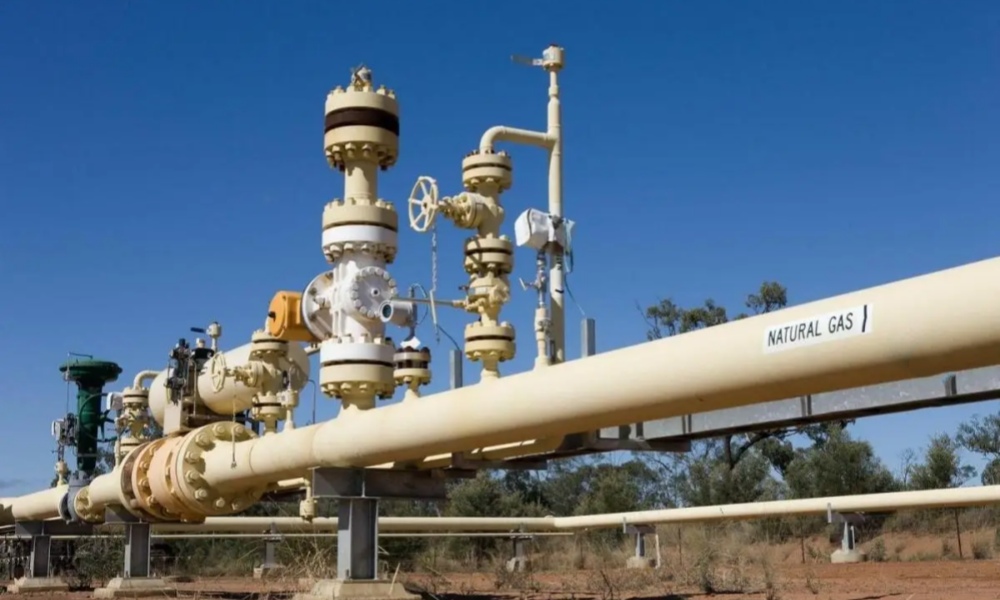Cheap and Expensive Plastic Injection Molding
Molding usually uses polypropylene, polyethylene, and acrylonitrile butadiene styrene . Because they are cheap and useful camparing with other kinds. The stuffs used should be determined by the product itself and its purpose.
An injection mold generally costs depends on a number of factors, including size and complexity, impact the final price. To read more about the cost of injection molding, wecome to contact China FHZ Machinery Co., LTD..
Among the more expensive materials used in plastic injection molding are Polycarbonate, Polysulfone, Teflon, Polyurethane and Acetal. These materials are generally stronger or have special properties that make them suitable for specialized functions. Additives and other components can make these plastics even more durable but do add to the price.
Plastic injection moulds' materials with the lowest cost, generally polypropylene and polyethylene, are incredibly versatile and are used to make everything from milk jugs to car batteries. These are the materials most people use every day and low material costs help make mass production possible.
The cost of the materials used in your project also depends on the design, the materials selected, and the quantity required to complete the project.
There are a wide variety of machines used for injection molding. The cheapest option is a small desktop injection molding machine. Small desktop injection molding machines are the most cost-effective option for producing small quantities of parts. If your project requires large industrial molding machines operated by service providers and large manufacturers, you will have to spend a lot. Unlike small desktop injection molding machines, these large machines require professionals who can operate, maintain, and monitor the machines, which also adds additional costs.
When thinking about what material to use for your plastic injection molding, it’s important to remember that the function of the product should determine the material used. Having an understanding of the options available and the prices associated with those materials will help you to make an informed decision.

